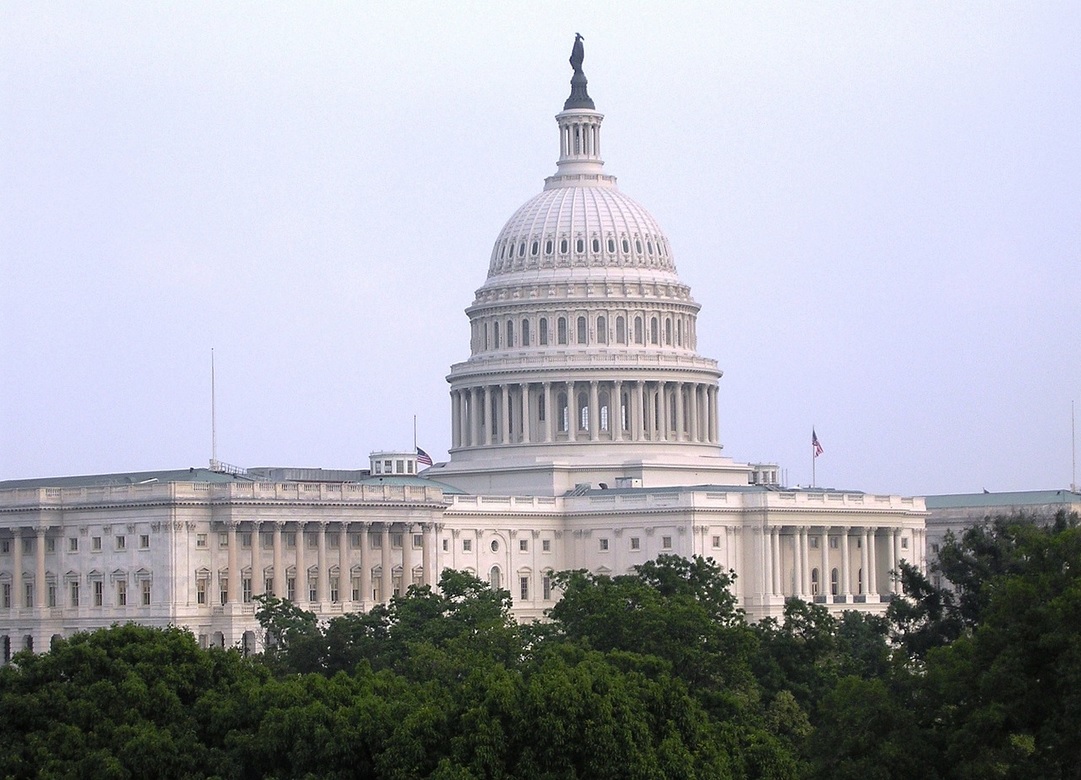
By Charlotte Hodde
Barran Liebman
Oregon Law Firm,
Buried deep in the Internal Revenue Service (IRS) FAQs related to federal paid COVID-19 leave and published previously were concrete examples of information verifying the employee need for Emergency Paid Sick Leave (EPSL) and Expanded FMLA (EFMLA) leave.
The IRS published these criteria to establish the necessary documentation to substantiate eligibility for the tax credits. But the Department of Labor has deferred to the IRS on this topic, instructing employers: “You are not required to provide leave if materials sufficient to support the applicable tax credit have not been provided.” As a result, the documentation listed below may be requested from employees, and at this point, are sufficient to authenticate an employee’s request for leave.
According to IRS FAQs 44-46, the basic certification requirement for EFMLA and all types of EPSL is a signed statement by the employee containing:
1. The employee’s name;
2. The date or dates for which leave is requested;
3. A statement of the COVID-19-related reason the employee is requesting leave and written support for such reason; and
4. A statement that the employee is unable to work, including by means of telework, for such reason.
The IRS guidance also provided additional documentation requirements depending on the reason for the leave.
Self-Care: For EPSL requested to comply with a federal, state, or local quarantine or isolation order related to COVID-19, the statement from the employee should include the name of the governmental entity ordering quarantine or isolation.
For EPSL requested in response to advice from the employee’s health care provider to self-quarantine, the statement from the employee should include the name of the health care professional advising self-quarantine.
Care for Others: For EPSL requested to care for an individual who is subject to a federal, state, or local quarantine or isolation order, or who is following advice from the individual’s health care provider to self-quarantine, the statement from the employee must include:
1. Either the name of the governmental entity ordering quarantine or isolation, or the name of the health care provider who is advising self-quarantine; and
2. The name and relation to the employee of the individual who is subject to the quarantine order or has been advised to self-quarantine.
School Closure & Childcare Availability: For EPSL or EFMLA leave requested based on a school closing or child care provider unavailability, the statement from the employee should include the name and age of the employee’s child (or multiple children) to be cared for, the name of the school that has closed or place of care that is unavailable, and a representation that no other person will be providing care for the employee’s child during the period for which the employee is receiving paid leave.
In addition, if the employee’s inability to work or telework is because of a need to provide care during daylight hours for their child that is older than 14, the IRS requires the employee provide a statement that special circumstances require the employee to provide care. “Special circumstances” may include care for a son or daughter who is over 14 and incapable of self-care because of a mental or physical disability. The DOL regulations released today clarify that caring for an adult son or daughter (18 years or older) with a disability is a qualifying EPSL and EFMLA absence.
If the leave taken is not EFMLA or EPSL, but standard FMLA (for example, for the employee’s serious health condition related to COVID-19), revert to your usual practices for obtaining certification from the health care provider.
The IRS is requiring employees to maintain records substantiating eligibility for EPSL and EFMLA leave for at least four years after the later of the date that the tax becomes due or is paid (whichever is later). We never know whether there might be future requests or audits, and whether employers may need to retrieve individual or collective data. Plan now for what you think will be most efficient in the future.
With employees now required to fill out and sign written statements verifying qualifying absences, employers are encouraged to reach out to their favorite BL attorney to customize a written form and ensure they can get refunded for the qualifying leave they provide.
Disclaimer: Articles featured on Oregon Report are the creation, responsibility and opinion of the authoring individual or organization which is featured at the top of every article.

